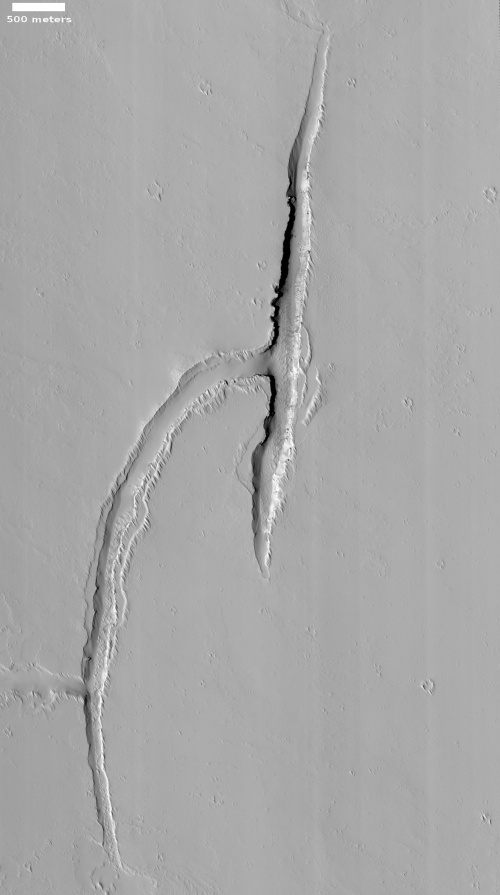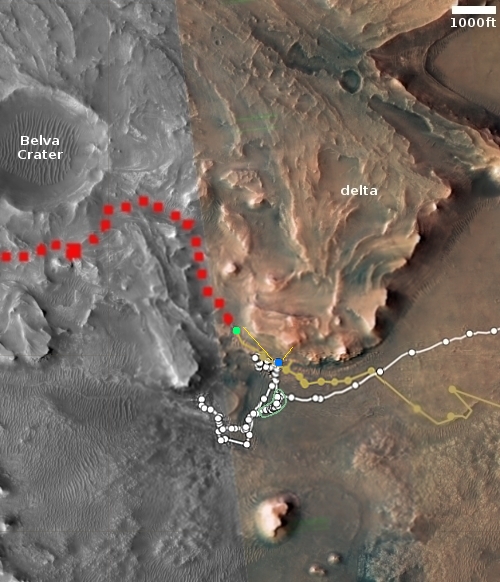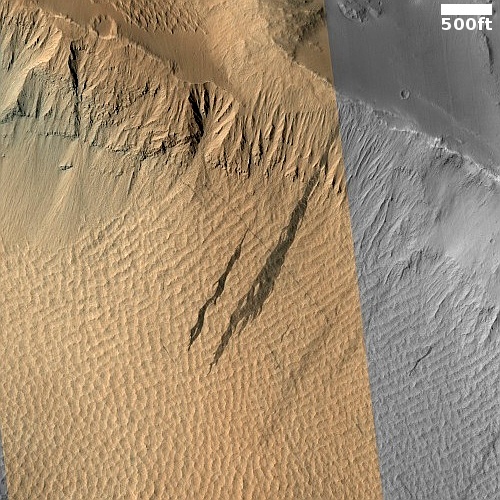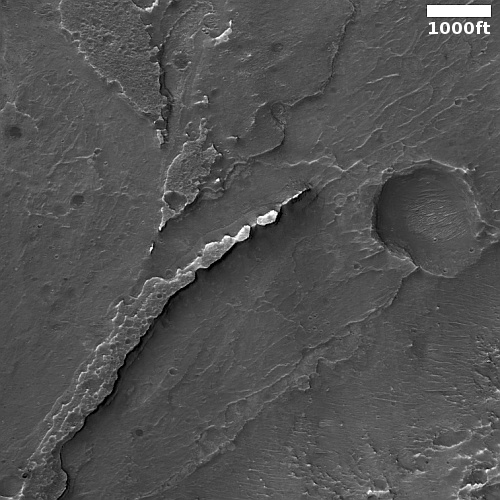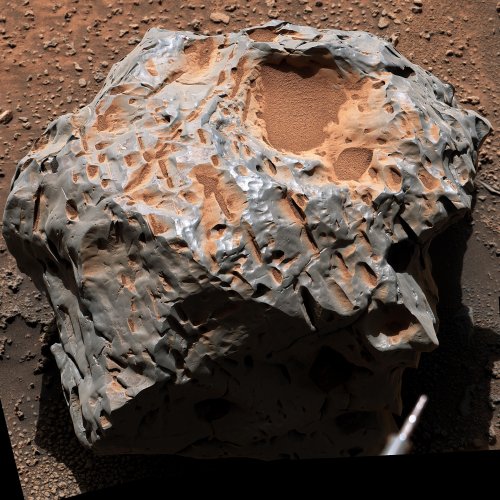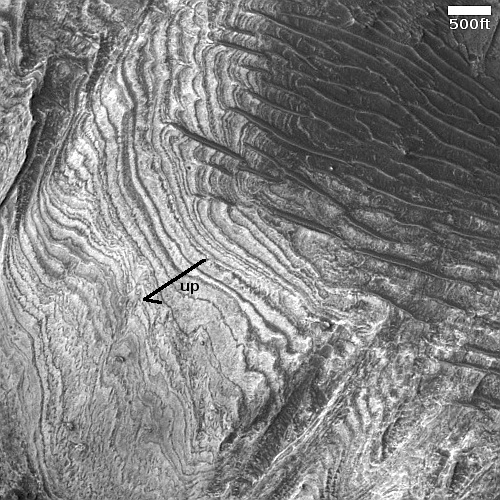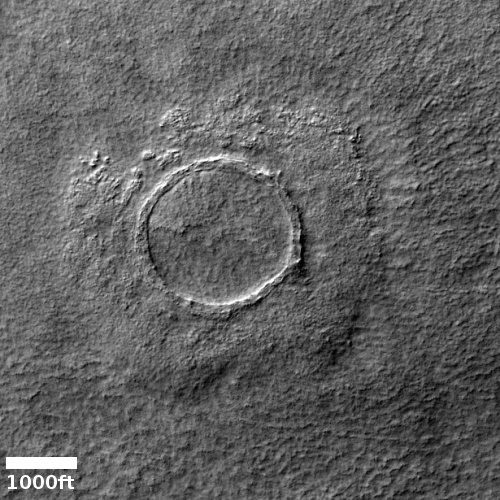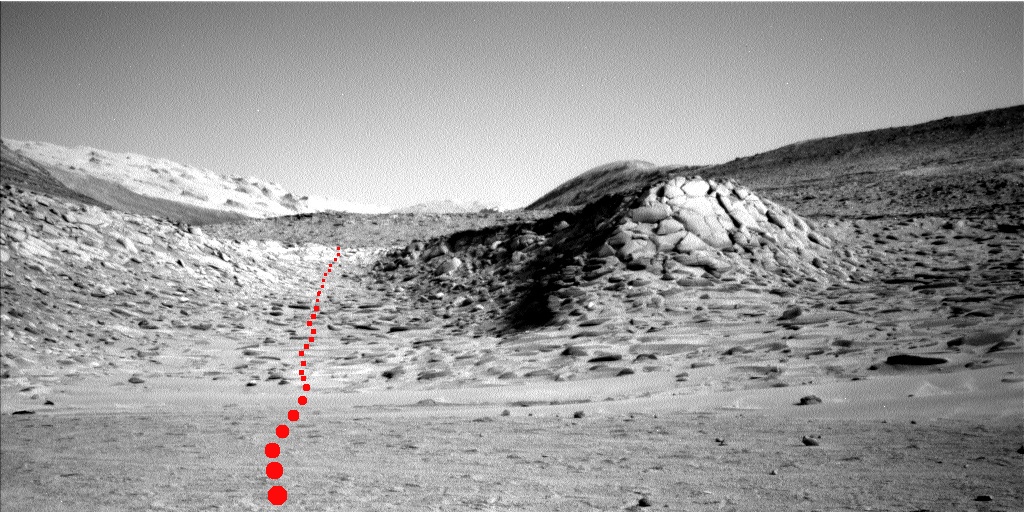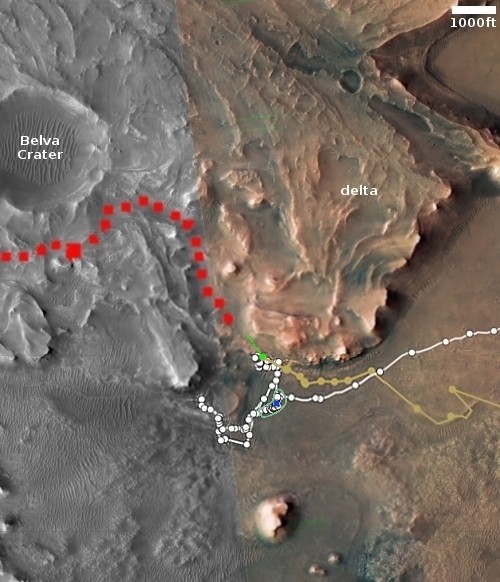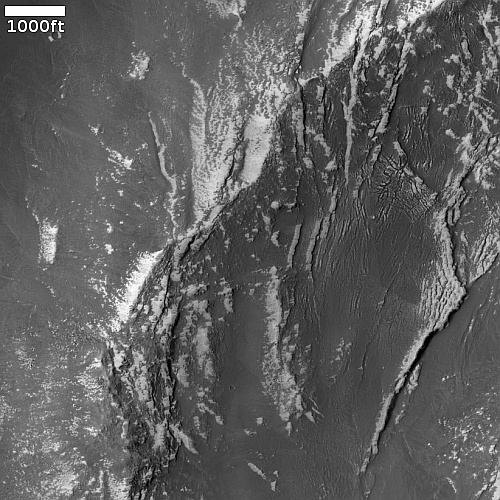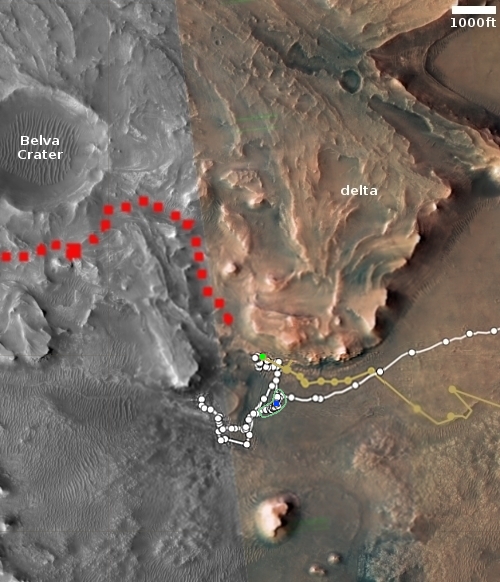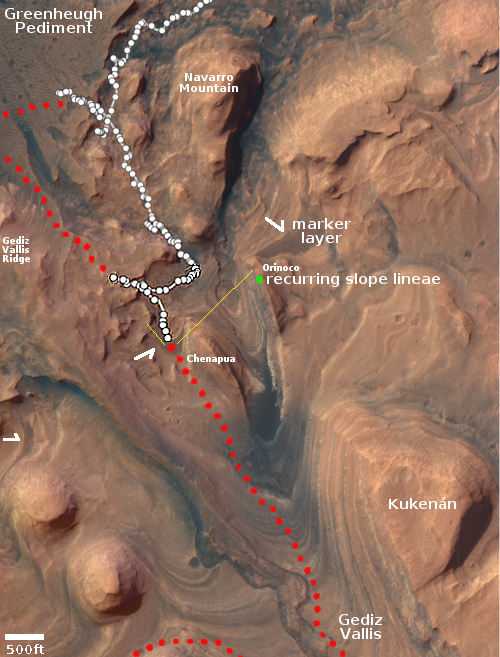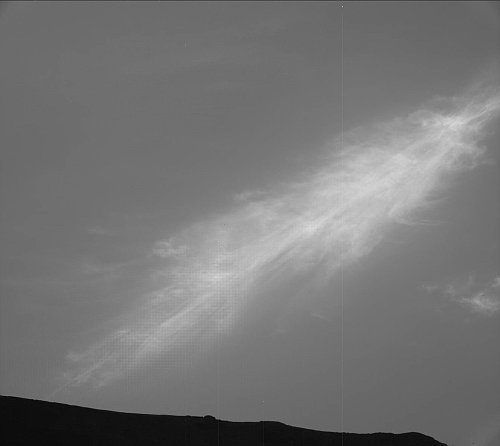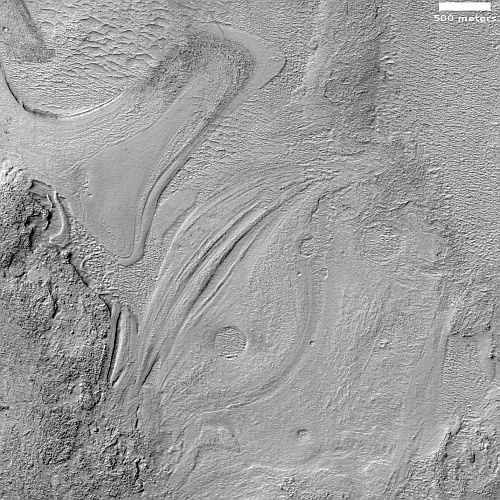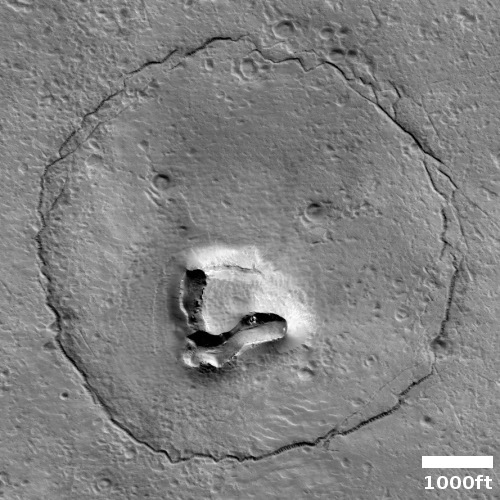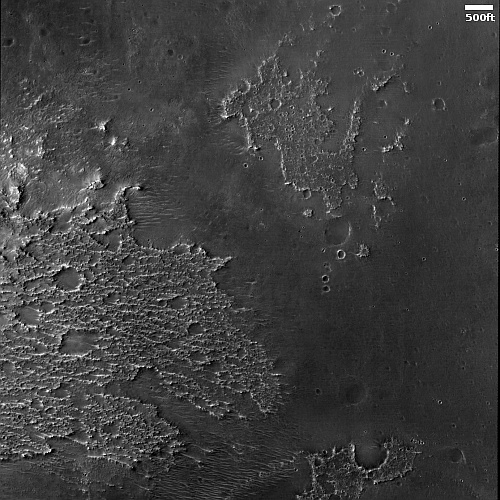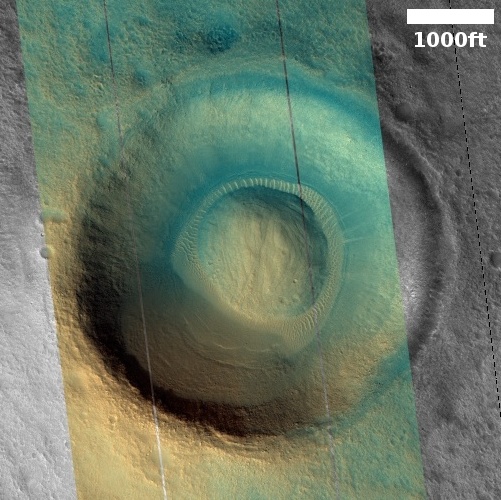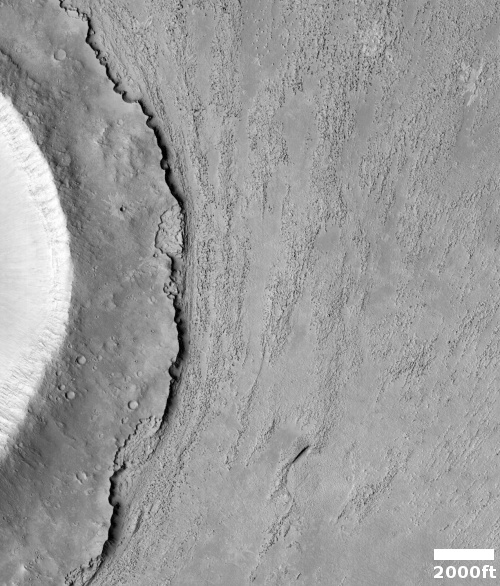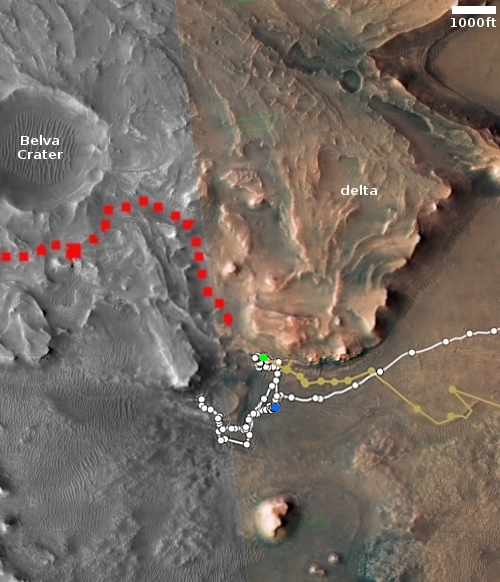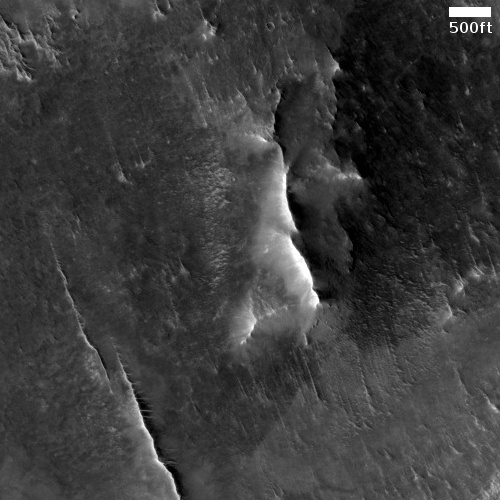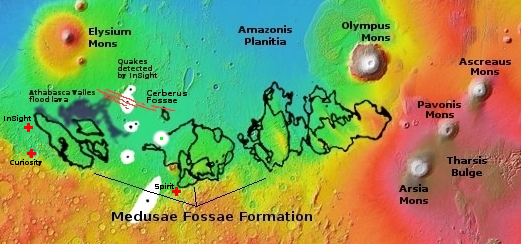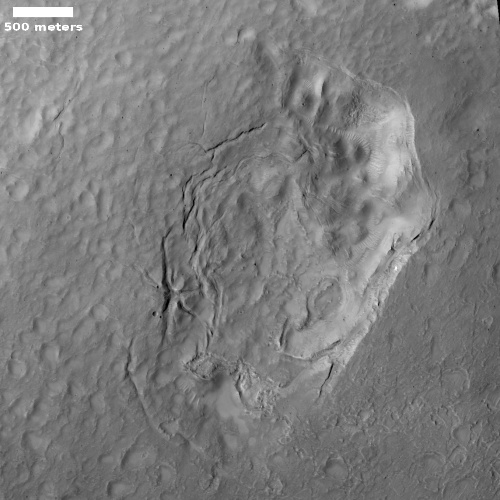UAE engineers shift Al-Amal’s orbit to do fly-bys of Mars moon Deimos
Engineers from the United Arab Emirates (UAE) yesterday revealed that they are in the process of changing the orbit of their Al-Amal Mars orbiter so that it will be able to do several close fly-bys of the Martian moon Deimos.
Two of the three required manoeuvres have already been made, allowing it to reach a new orbit between 20,000km and 43,000km with a 25-degree incline towards the planet. “Previously, we didn’t have any reason to move the orbit,” Ms Al Matroushi said. “But now we’re exploring a new adventure and science mission.”
Engineers are using the probe’s three main science instruments to capture images and data of the moon. These include an exploration imager ― a high-resolution camera ― to photograph the moon, and the infrared and ultraviolet spectrometers to measure its temperature and observe its thermophysical properties, including its regolith, or dust.
The first Deimos fly-by took place in late January, and as the probe moves to its closest approach to the moon, it will take high-resolution images.
Eventually Al-Amal will dip as close as 60 miles of Deimos.
Engineers from the United Arab Emirates (UAE) yesterday revealed that they are in the process of changing the orbit of their Al-Amal Mars orbiter so that it will be able to do several close fly-bys of the Martian moon Deimos.
Two of the three required manoeuvres have already been made, allowing it to reach a new orbit between 20,000km and 43,000km with a 25-degree incline towards the planet. “Previously, we didn’t have any reason to move the orbit,” Ms Al Matroushi said. “But now we’re exploring a new adventure and science mission.”
Engineers are using the probe’s three main science instruments to capture images and data of the moon. These include an exploration imager ― a high-resolution camera ― to photograph the moon, and the infrared and ultraviolet spectrometers to measure its temperature and observe its thermophysical properties, including its regolith, or dust.
The first Deimos fly-by took place in late January, and as the probe moves to its closest approach to the moon, it will take high-resolution images.
Eventually Al-Amal will dip as close as 60 miles of Deimos.

